A true digital-native business, everything that London-headquartered MADE.COM does is shaped by its belief that great design should be available to everyone—a brand promise it fulfills by offering high-quality, exclusive home furnishings, and beautiful furniture. As the UK’s first online only furniture retailer, MADE is constantly improving the virtual customer journey through engaging visual experiences. As Edmund Kleiser, head of technology operations, states, “Strong and compelling imagery is everything to us to help us engage our audience.” Shoppers love to see ultra-high quality images of MADE’s 6,000 sofas, storage solutions, and floor lamps in exquisite, sharp detail. Huge care goes into defining the quality and aesthetic of product pictures, including the choice to deliberately limit the color palette.

Recently, Cloudinary’s Digital Asset Management (DAM) solution was named a leader of the top 15 global vendors in the DAM Vendor Selection Matrix™ produced by Research in Action GmbH, excelling in strategy, execution, price versus value, and breadth. The matrix also awarded Cloudinary an outstanding recommendation index of 98%.
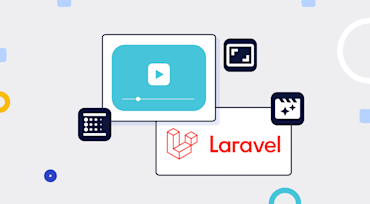
Videos are large media files—in most cases, at least four times larger than images—and are often created for ads, marketing campaigns, and instructional content to convey as much information as possible in a short time. Ensuring that videos do not buffer all the time and that the user’s data is protected from rapid consumption due to heavy page weight must be the modus operandi for all website builders and e-business owners.
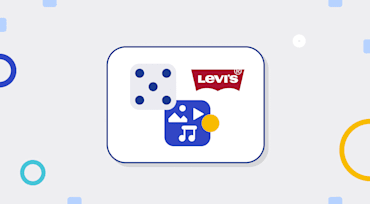
The digital economy is driven by highly visual experiences. After all, viewers process images 60,000 times faster than text. Therefore, it’s no surprise that top-notch visual media has been an essential component of a captivating e-commerce experience for years. Nor is it surprising that visual media’s importance only rose during the COVID-19 pandemic, a reality for all retailers, including our client Levi’s.
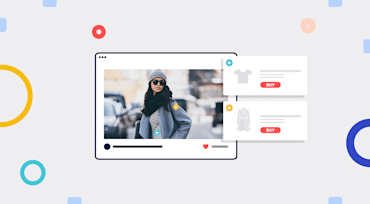
As pandemic restrictions necessitated, many shopping trips in 2020 took place outside the traditional brick-and-mortar store, or at least void of the physical aisle-browsing experience. Same-day curbside pickup became a safe and convenient alternative, and e-commerce transactions skyrocketed as consumers shopped online. In fact, Digital Commerce 360 estimates that, compared to 2019, e-commerce transactions grew by more than 40% last year.
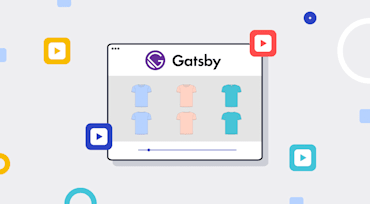
Today’s tremendous growth in e-commerce means that competition among businesses is heating up. One way to gain a competitive edge is to boost your product’s authenticity by incorporating user-generated content (UGC) into your product pages.
This tutorial shows you how to do the following:

Billions of views on the Internet every day drive one of the biggest industries on the planet: advertising. The sheer size of that market and the competitive nature of vying for consumer attention results in a constant need for innovation. Readers are jaded, and display ads are blind spots.
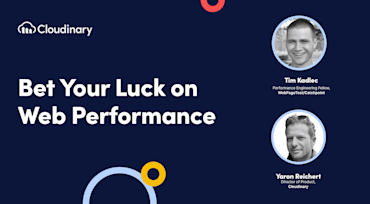
As a technology company, Cloudinary owes its success to its ability to build solutions that address the most critical challenges you, our customers, face. The companies we serve run the gamut of digital businesses—retailers and direct-to-consumer brands, media and entertainment, travel and hospitality—which, coincidentally, all care about the same things.

A picture is worth a thousand words, and that also holds true for video, one minute of which, according to Dr. James McQuivey of Forrester Research, is worth 1.8 million words. That's why online stores rely on rich media to promote products and sales. Images and videos impart a real sense of involvement with a purchase—a car, a vacation getaway, an apartment rental—setting your business apart from the competition.

